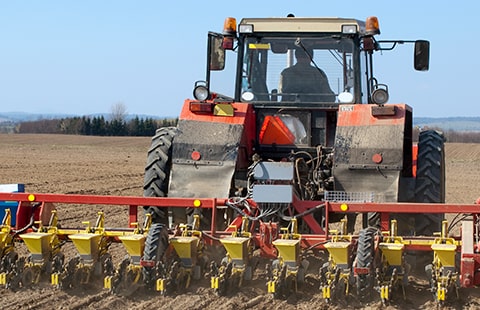Get unique, complex parts easily. No matter your requirements, Chaoyi Spring creates hard-to-produce coil springs and wire forms.
Let us help you create the custom wire form you need, from S-hooks and J-hooks to utility hooks and more.
We work closely with customers across a wide range of industries, helping them design and manufacture made-to-order parts.
Why choose Chaoyi Spring? We prioritize customer-focused collaboration, modern equipment and the latest technology to make your parts per print.
Find the information and guidance you need, from measuring a spring to learning about materials, placing an order and much more.
Springs, those ubiquitous coils of metal, are essential components in countless devices and systems. They are a testament to the fundamental principles of physics and engineering, embodying the relationship between


Springs, those ubiquitous coils of metal, are essential components in countless devices and systems. They are a testament to the fundamental principles of physics and engineering, embodying the relationship between force, displacement, and energy storage. Understanding the equation and concept of compression in a spring is crucial, as it underpins their functionality and the design of countless machines, from clocks and cars to everyday objects like door hinges and retractable pens.

At the heart of spring behavior lies Hooke's Law, a fundamental principle in physics that governs the relationship between the force applied to a spring and its resulting displacement. It's a simple yet elegant law: the force required to stretch or compress a spring is directly proportional to the change in its length. This means that if you double the force, you double the extension or compression.
This proportionality is expressed mathematically as F = -kx, where:
The negative sign in the equation reflects the fact that the force exerted by the spring opposes the direction of the displacement. If you stretch the spring (positive displacement), the spring pulls back (negative force); if you compress the spring (negative displacement), the spring pushes back (positive force).
When a spring is compressed, its coils are pushed closer together, storing potential energy. This energy is released as the spring returns to its original length, doing work in the process. The amount of energy stored in a compressed spring is proportional to the square of its compression, represented by the equation:
U = 1/2 * k * x^2
where:
This equation highlights the importance of the spring constant. A stiffer spring (higher k) will store more energy for a given compression, which can be useful in applications requiring strong forces or efficient energy transfer.
Several factors influence the compression of a spring. Beyond the spring constant, these include:
These factors are considered by engineers when designing springs for specific applications. The choice of material, coil diameter, wire thickness, and number of coils is optimized to achieve the desired spring characteristics for the intended function.
The ability of springs to store and release energy through compression makes them incredibly versatile. Here are some key applications:
The versatility of springs arises from their ability to store energy through compression and release it in a controlled manner. They are truly an embodiment of the interplay between force and motion.
While compression is a fundamental aspect of spring behavior, it's just one side of the story. Springs can also operate under tension, torsion, and even variable stiffness. These different types of springs are designed for various applications, expanding the scope of their use beyond simple compression.
Tension Springs: These springs operate by stretching rather than compressing. They are commonly used in retractable cords, spring-loaded mechanisms, and certain types of clamps.
Torsion Springs: These springs are designed to twist rather than compress or extend. They are used in applications requiring rotational force, such as garage door springs and certain types of mechanical clocks.
Variable Stiffness Springs: These springs have a stiffness that changes depending on their compression or extension. They can be used in applications requiring precise force control, such as in automotive suspensions and some types of actuators.
Springs are a testament to the power of simple principles in physics and engineering. Their ability to store and release energy, coupled with their adaptability to different loading conditions, has made them essential components in countless devices and systems. From the delicate balance spring in a watch to the robust suspension spring in a car, springs are a marvel of design and a fundamental part of the world around us.
As you navigate the world, remember the unseen springs that contribute to the smooth operation of countless objects. Whether it's the satisfying click of a pen or the gentle opening of a door, the principles of spring compression are at play. They are a reminder of the elegance and power of fundamental scientific principles in shaping the world we live in.
Browse some of the custom wire forms and springs that we manufacture. Don’t see what you need? We specialize in made-to-order products that meet your application requirements.
Visit Our GalleryNeed a custom wire form or coil spring? We make it work. Fill out the contact form and a representative will respond within 1 business day. If you have a PDF or CAD file, you can submit to request a quote.